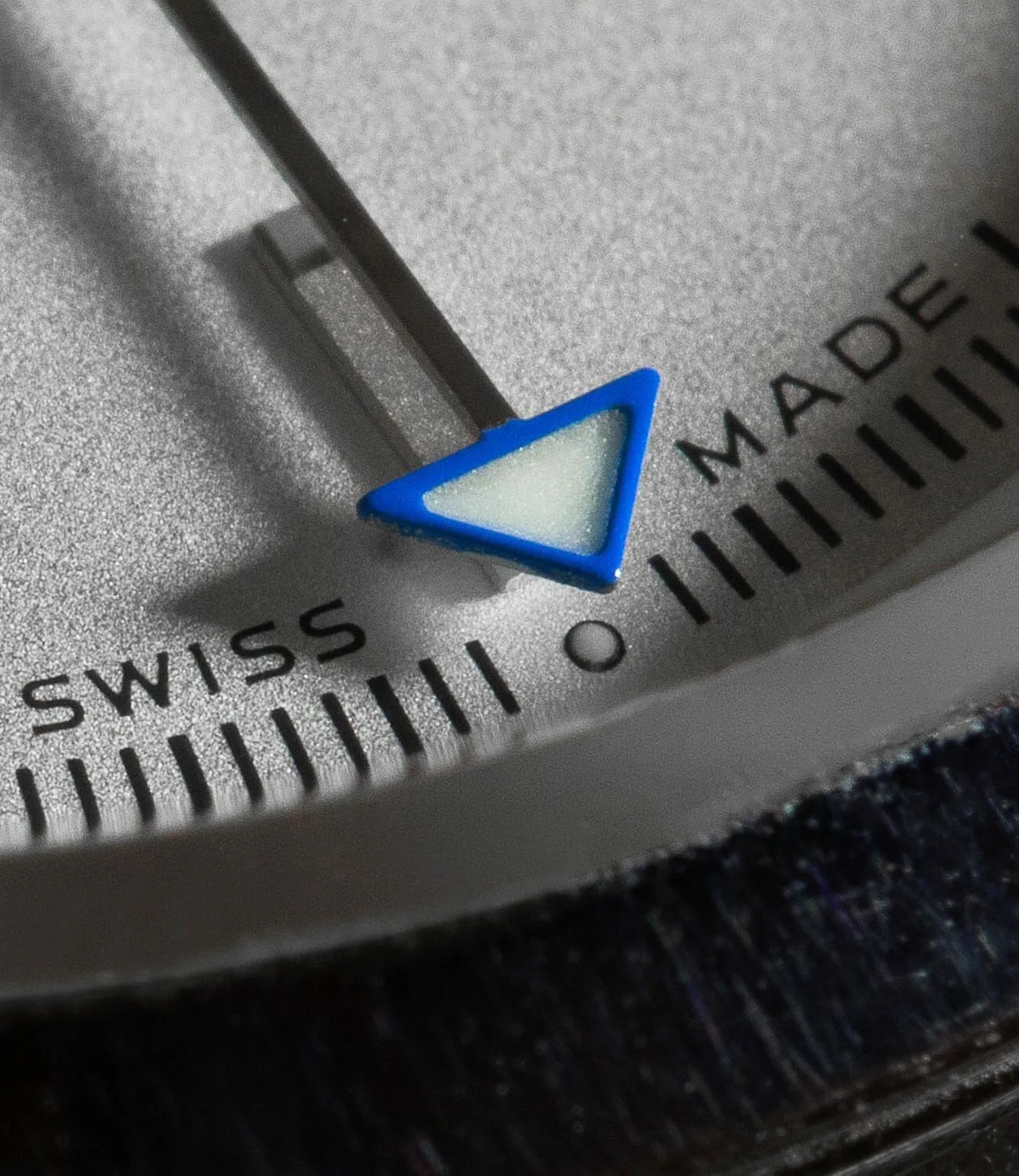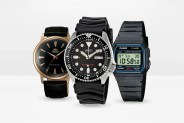Sorry to break it to you, but the “Swiss Made” label on your fancy mechanical watch doesn’t necessarily mean that it’s 100% Swiss. In fact, modern watches in which every component was produced from start to finish in Switzerland are relatively rare, and quite expensive. But, there’s still good reason for the famous “Swiss Made” designation to carry the prestige and guarantee of quality it’s recognized for. As a consumer, potentially spending the big bucks Swiss watches command, you should know what you’re getting. So what does “Swiss Made” actually mean?
Even basic mechanical watches are usually made of more than 100 parts, many of which require specialized expertise and equipment to produce. Switzerland has this capacity but, as with everything in the country, production can be very expensive — and other countries can perform essentially equivalent work for far cheaper. (You know how the global economy works.) In a broad sense, what “Swiss Made” promises is a certain level of quality. But for the label to be meaningful, enough of the watch has to be of Swiss “provenance” to be convincing.
Switzerland’s government has a law for enforcing how the label (in various iterations and languages) can be used and its prestige protected. You would think that a seven-page document dedicated to enumerating every qualification and defining every term (including what constitutes a “watch”) would be sufficient to clarify the matter beyond any ambiguity. In practice, however, the watch industry is as complex as any other, and Swiss lawyers’ main objective is not necessarily to provide transparency for consumers. Here is the basic takeaway: To be considered a Swiss watch, at least 60% of manufacturing costs must be generated in Switzerland.
To be considered a Swiss watch, at least 60% of manufacturing costs must be generated in Switzerland
This is an easy way to conceptualize the current Swiss law, which raised the limit from 50% to 60% in 2017 — but it requires some unpacking. That line is actually only one of the four main requirements listed. In addition, a watch’s movement must also be considered “Swiss,” the movement must be encased in Switzerland, and the final manufacturer’s inspection must take place in the country.
 Zen Love
Zen LoveIn perfect legalese and dotted with copious footnotes, the law goes on to qualify each and every term. What criteria, for instance, make the movement itself “Swiss?” It must be assembled and inspected in Switzerland, and 60% of its manufacturing costs generated there (50% of all movement parts’ value, excluding the cost of assembly, must also be Swiss). Other elements like the case have similar provisions.

